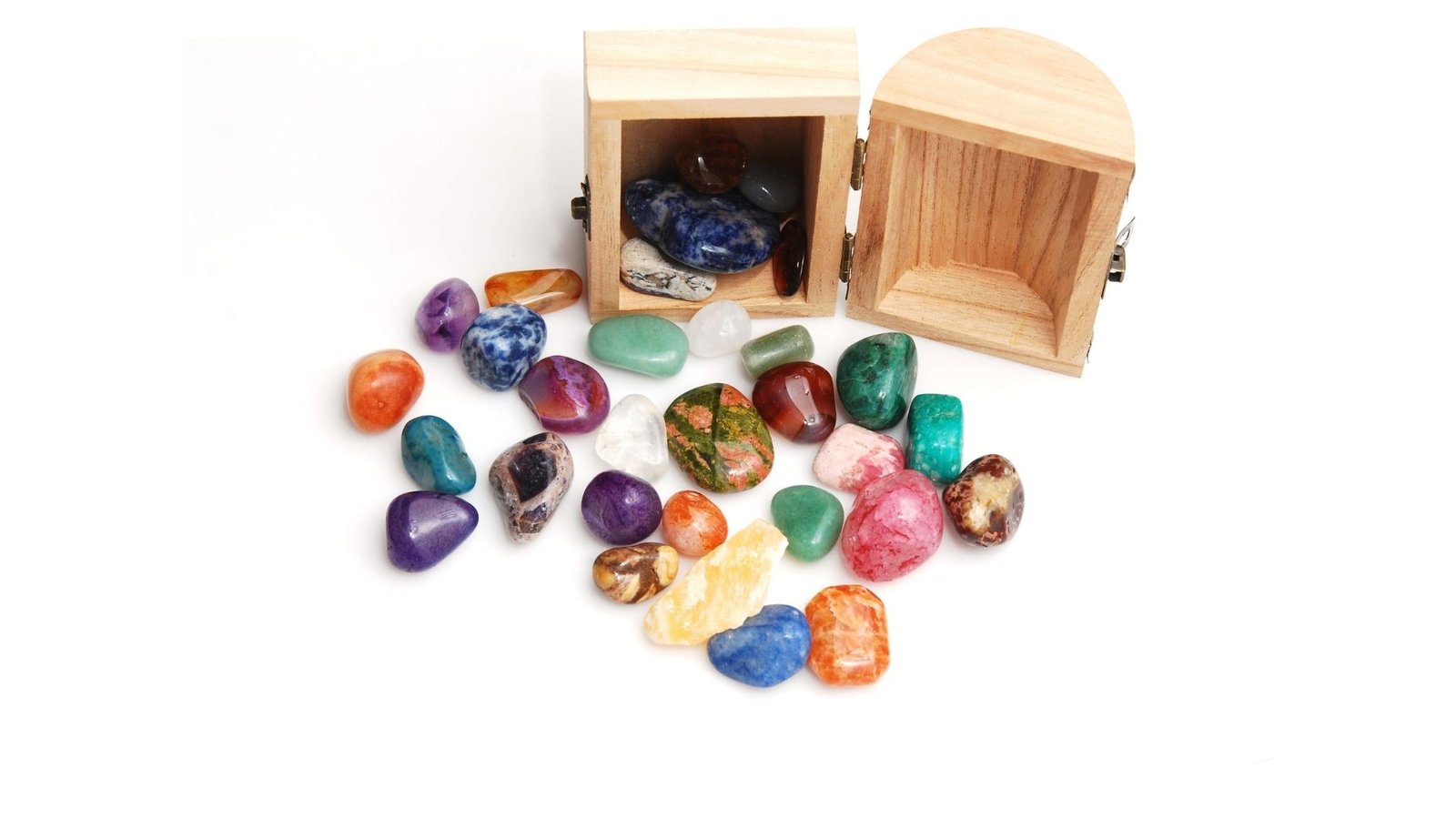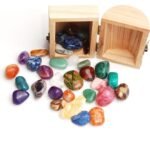Gemstones have almost similar characteristics as diamonds and they are graded according to their colour, cut, clarity, and carat weight.
Gem Clarity
The clarity of a gemstone is determined by the inclusion that a stone possesses and how those inclusions affect the beauty and durability of the stone. Some stones have more inclusions than others. So we can divide them into three types,
1st type – Those stones that do not have any visible inclusions to our naked eyes. So we called them “eye clean” stones.
2nd type – those stones that have visible inclusions but don’t affect the stone’s general beauty and appearance.
3rd type – Those stones that have noticeable inclusions and detract gem’s beauty.
Gem stone’s color – the color of a gemstone is the most noticeable factor. A gemstone gets the color from its structure which allows it to absorb and reflect certain wavelengths of light, those waves that are absorbed by the stone remain invisible, and the waves that reflect back to our eyes carry the colors. In gemstones, colors are determined based on three qualities like hue, tone, and saturation.
Tone – The tone of a gemstone refers to the darkness and lightness of the stone. So it ranges from very light to very dark.
Saturation – The saturation of a gemstone refers to the intensity of the gemstone’s color and ranges from dull to strong to vivid.
Hue – The hue of a stone refers to the color you see the stone when you look at it for the first time. According to GIA, there are 31 distinct hues to determine the color of a certain gemstone.
Some distinct hues are as follow:
Purple , Reddish purple , Red-purple , Strong purplish red , Slightly purplish red , Red etc.

Gem cuts – Gem cuts refer to the face-up shape or arrangement of the gem facets. Cutting a gemstone is a process of giving a shape to a rough and unpolished stone which will allow emerging the true color of a stone. There are many gems cutting styles but the most basic cutting styles are brilliant cut, step cut, and mixed-cut.
Brilliant cut – it resembles the cone shape along with numerous facets. Basically, this cut brings light rays toward the center of the stone and reflects them out to give exceptional brilliance to the stone.

Step cut – step cut gives a square or rectangular shape to the stone whose facets are rectilinear and arranged parallel to its girdle. It provides shine, improves the color, and maximizes the weight of the stone.

Mixed cut – mixed cut is a combination of brilliant cut and step cut where the crown is brilliant cut and the Pavilion is step cut. It allows preserving the weight and to get the optical effects to a stone. This cut is relatively new compared to other cuts and gained quick popularity commercially.
Carat weight – carat weight is one of the prominent factors to determine the price of a stone. One carat is equal to 200 milligrams and usually, gemstones are priced per carat weight.


